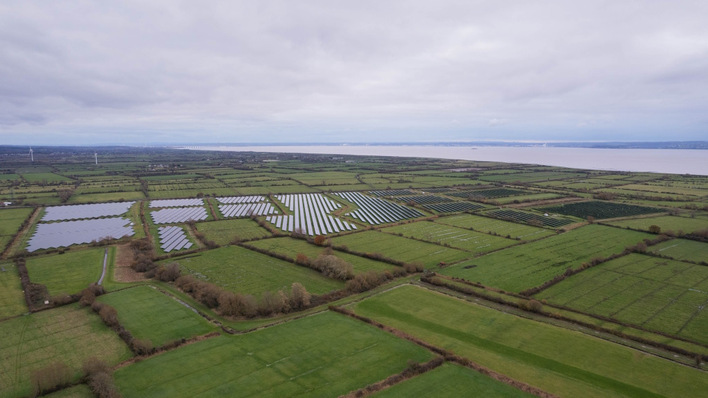The Alpine republic already covers 75 percent of its electricity requirements from renewable sources, primarily from hydropower. In order to reach 100 percent, the production of green electricity is to be increased by 27 TWh from the current level of around 54 terawatt hours (TWh) to 81 TWh by 2030, which corresponds to an increase of 50 percent.
The expansion is broken down into 11 TWh of photovoltaics, 10 TWh of wind power, 5 TWh of hydropower and 1 TWh of biomass. In 2030, hydropower is expected to supply 46.3 percent of electricity, wind power 16.3 percent, photovoltaics 12.4 percent, biomass 5 percent and other renewables 1 percent.
Did you miss that? Lapp supplies largest solar park in Austria
An important means of financing is the green electricity levy, which is paid by every household and is set to rise to around 115 euros in the future. For low-income households, the levy will be capped at 75 euros. Low-income households will be exempt from the levy.
Also promotion of green district heating
Support is also to be provided for the conversion of plants and the expansion of electricity storage facilities. The expansion of green district heating is to be promoted with 100 million euros. The expansion of hydrogen and green gas will be supported with 80 million euros annually.
Also interesting: Increasing choice of storage solutions in Austria and Switzerland
The Renewable Energy Expansion Act (EAG) was passed in the National Council by the governing coalition of the conservative ÖVP and the Greens with the support of the SPÖ. The right-wing populist FPÖ voted against it. Environment Minister Leonore Gwessler (Greens) spoke of a "great day for climate protection."
"With the resolution of the Renewable Expansion Act, the federal government has led the way - now the states are required to follow suit and make their state laws and electricity grids PV- fit," demanded Herbert Paierl, chairman of the solar industry association Photovoltaic, the federal states to make their contribution. (hcn)







